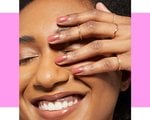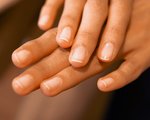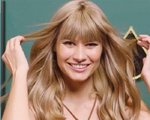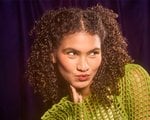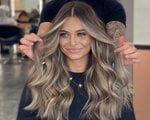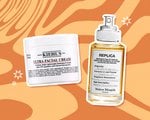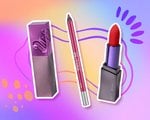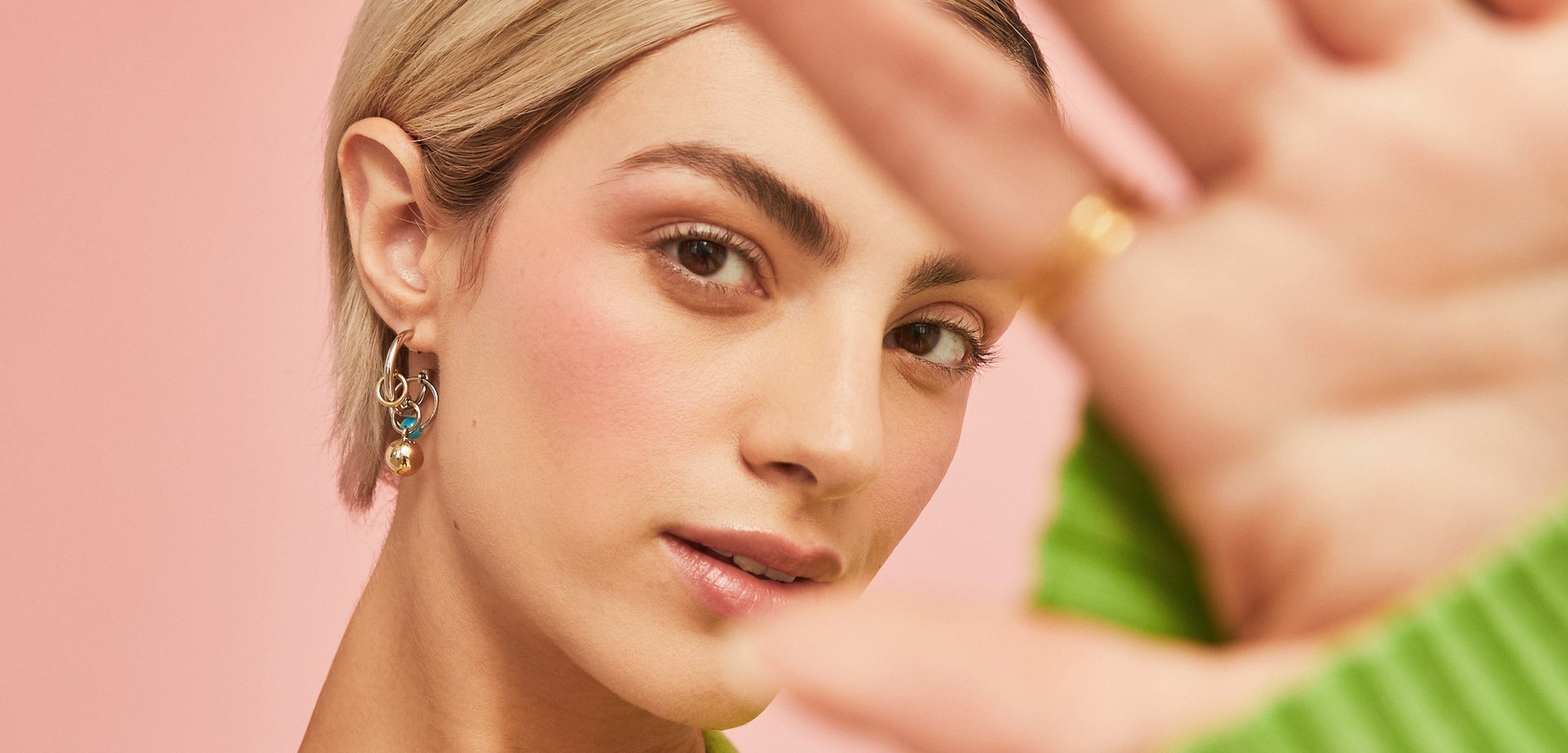The Best Bangs Style for Your Hair Type, According to Pro Hairstylists
February 22, 2023Wavy Hair: Curtain Bangs or Choppy Bangs
“A fringe with a wavy texture is probably the most laborious bang,” explains Ferrara, adding that the in-between straight and curly texture requires some extra daily maintenance. For this reason, she suggests trying curtain bangs if you have wavy hair. “A curtain bang is long enough to be integrated into a natural wavy style when the client wants a more low-maintenance look, but also a great added detail to a blown-out style to soften around the face,” she says.
According to O’Connor, a curtain bang cut is actually a great choice for any hair type or texture. “The curtain bang look is probably the most universal out of the three,” she says. “It can work well on any hair type and face shape, as your stylist can tailor it to complement your features.”
O’Connor also suggests choppy bangs as a stylish, on-trend option for those with wavy hair. “Choppy bangs are going to complement shag-type haircuts,” she explains. “Very deconstructed, they’re great for wavy hair or a straighter, loose curl.”
Curly Hair: Wispy or Curly Bangs
Wispy bangs are a great way to frame your face if you have curly hair, styled so that each curl is its own distinct wisp falling onto your forehead. “This look can also be pulled off with a smaller, more coily curl cut [when the hair is] dry to frame the face,” says Ferrara. With tightly curled or coily hair, it’s a good idea to leave your bangs a little bit longer than you think you should, since your curls will spring up and make your bangs appear shorter.
O’Connor predicts that wispy bangs are going to be a major trend: “Wispy bangs are another style set to be big this year, for those wanting to jump on the bob bandwagon.”
Fine Hair: Side Bangs
If your hair has a fine texture, Ferrara recommends a lighter, face-framing bang, like side bangs. Her main advice is to be cautious about using heavy conditioners and styling aids, as well as greasy or rich skincare products, as your fringe may be more susceptible to becoming oily or weighed down. Dry shampoo will become your best friend to give your bangs a boost when they get flat. We love the Matrix Refresher Dry Shampoo.Thick Hair: Layers
“The key to a fringe with thick hair is the layering,” notes Ferrara. “For any type of bang, a thick head of hair will need some bulk taken out so the hair lays properly. This can be done with a thinning shear or point cutting.”
Photo: Chaunte Vaughn










